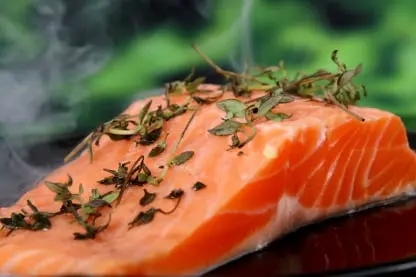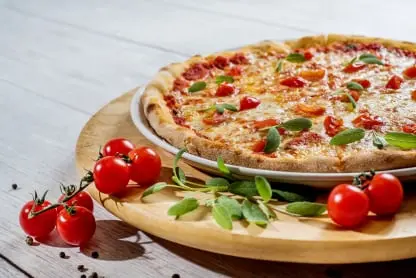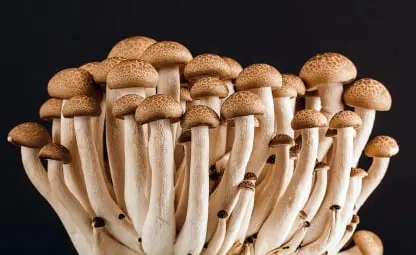Fruit & vegetable Food Safety apps: for all Food, meat, seafood, seed, and herb manufacturer, wholesale, import/export, drop-shipper.
Slash management costs, eliminate mistakes & waste, maximize quality & consistency.
Fruit vegetable Food Safety app with A.I. Food Safety for fruit, vegetables, meat, seaFood. Easy to use, complete business management options.

Fruit vegetable Food Safety during production
View app Specifications.
Food safety (or food hygiene) is used as a scientific method/discipline describing handling, preparation, and storage of food in ways that prevent foodborne illness. The occurrence of two or more cases of a similar illness resulting from the ingestion of a common food is known as a food-borne disease outbreak.[1] This includes a number of routines that should be followed to avoid potential health hazards. In this way, food safety often overlaps with food defense to prevent harm to consumers. The tracks within this line of thought are safety between industry and the market and then between the market and the consumer. In considering industry-to-market practices, food safety[2] considerations include the origins of food including the practices relating to food labeling, food hygiene, food additives and pesticide residues, as well as policies on biotechnology and food and guidelines for the management of governmental import and export inspection and certification systems for foods. In considering market-to-consumer practices, the usual thought is that food ought to be safe in the market and the concern is safe delivery and preparation of the food for the consumer. Food safety, nutrition and food security are closely related. Unhealthy food creates a cycle of disease and malnutrition that affects infants and adults as well.[3]

Daily Fruit vegetable packhouse hygiene checklist
Fresh fruits and vegetables are important to the health and well being of the American consumer. Consumers enjoy one of the safest supplies of fresh produce in the world. However, over the last several years, the detection of outbreaks of foodborne illness associated with both domestic and imported fresh fruits and vegetables has increased. In a January 1997 radio address, President Clinton announced a Food Safety Initiative to improve the safety of the nation's food supply (Ref. 1). In May of 1997, as part of the President's Food Safety Initiative, the Department of Health and Human Services, the U.S. Department of Agriculture (USDA), and the Environmental Protection Agency (EPA) sent to the President a report that identified produce as an area of concern (Ref. 2). On October 2, 1997, President Clinton announced a plan entitled "Initiative to Ensure the Safety of Imported and Domestic Fruits and Vegetables" (produce safety initiative) to provide further assurance that fruits and vegetables consumed by Americans, whether grown domestically or imported from other countries, meet the highest health and safety standards (Ref. 3). As part of this initiative, the President directed the Secretary of Health and Human Services, in partnership with the Secretary of Agriculture and in close cooperation with the agricultural community, to issue guidance on good agricultural practices (GAPs) and good manufacturing practices (GMPs) for fruits and vegetables (Ref. 3).

Fruit vegetable Food safety
In response to this directive, the FDA and USDA are issuing "Guidance for Industry -- Guide to Minimize Microbial Food Safety Hazards for Fresh Fruits and Vegetables." This guidance document ("the guide") addresses microbial food safety hazards and good agricultural and management practices common to the growing, harvesting, washing, sorting, packing, and transporting of most fruits and vegetables sold to consumers in an unprocessed or minimally processed (raw) form. This voluntary, science-based guidance can be used by both domestic and foreign fresh fruit and vegetable producers to help ensure the safety of their produce. The voluntary guidance is consistent with U.S. trade rights and obligations and will not impose unnecessary or unequal restrictions or barriers on either domestic or foreign producers.

Fruit vegetable Supplier Food Safety
The produce guide is guidance and it is not a regulation. As guidance and if applied as appropriate and feasible to individual fruit and vegetable production operations, the guide will help to minimize microbial food safety hazards for fresh produce. Because it is guidance, and not a regulation, the guide does not have the force and effect of law and thus is not subject to enforcement. Operators should use the general recommendations in this guide to tailor food safety practices appropriate to their particular operations. In no case do the recommendations in this guide supercede applicable Federal, state, or local laws or regulations for U.S. operators. Operators outside of the U.S. should follow corresponding or similar standards, laws or regulations.